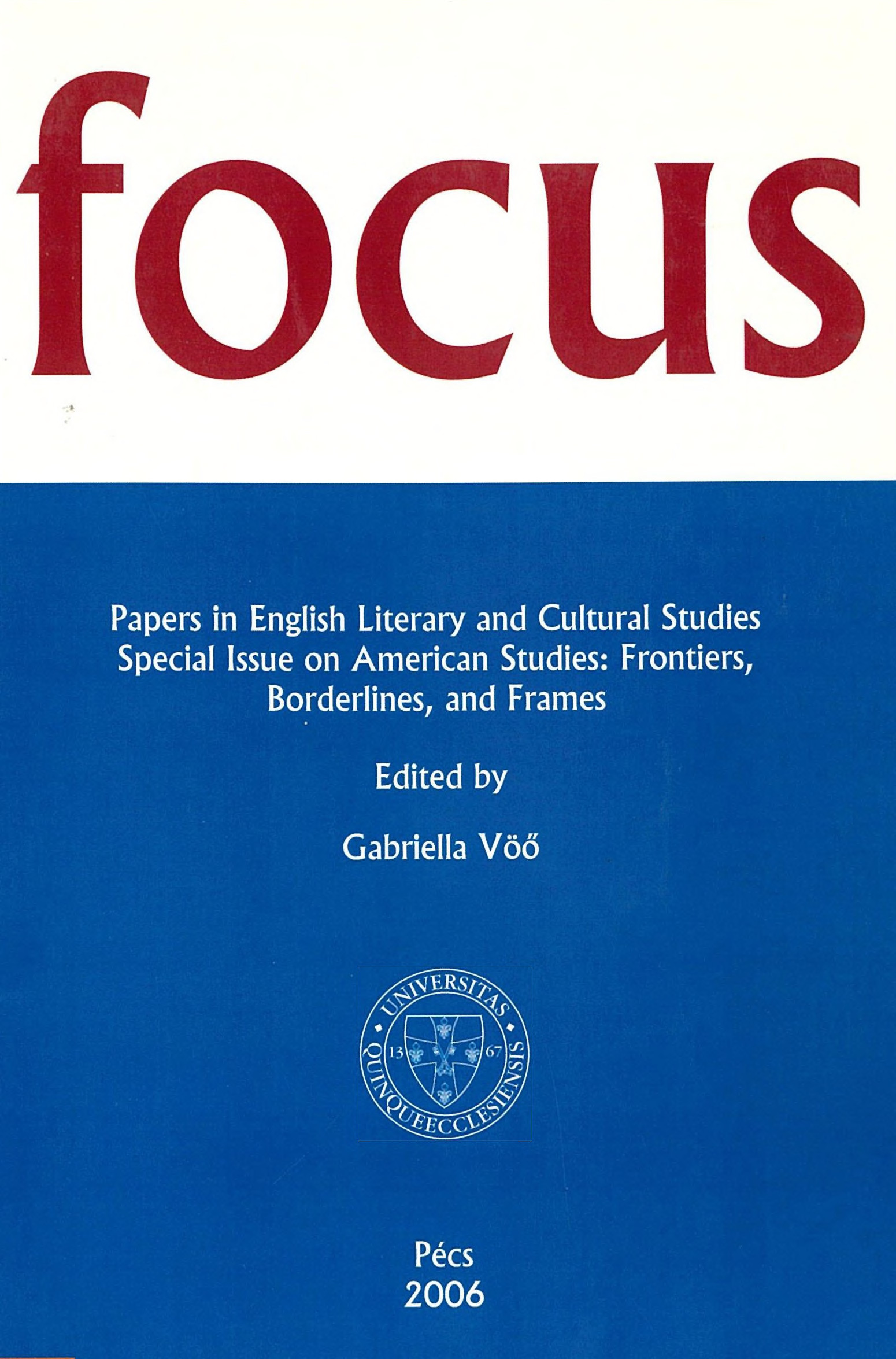Breaking Through Liminal Spaces: A Study of Adrienne Kennedy’s Funnyhouse of a Negro
Abstract
"I know no places. That is I cannot believe in places. To believe in places is to know hope and to know the emotion of hope is to know beauty. It links us across a horizon and connects us to the world. I find there are no places only my funnyhouse."
—A. Kennedy, Funnyhouse of a Negro
Repulsed by her black heritage and rejected by white society, Negro Sarah, the mixedblood protagonist in Adrienne Kennedy’s one-act play Funnyhouse o f a Negro (1964) constructs a place of refuge, afunnyhouse for herself. She populates it with four historical figures who represent the warring selves of her mixed ancestry. Rather than empowering her, the iconic figures, namely the Congolese liberator Patrice Lumumba, a hunchback Jesus Christ, Queen Victoria, and the romantic Duchess of Hapsburg entrap her as she is unable to situate her selves in geographical locations: “I try to create a space for myselves in cities, New York, the Midwest, a southern town, but it becomes a lie” (563). Pushed into (non)existence, to a “borderland,” a no man’s land, Sarah is forced to create an alternative place for her selves: “the rooms are my rooms; a Hapsburg chamber, a chamber in a Victorian castle, the hotel where I killed my father, the jungle. These are the places myself exists” (563). The denial of the physical space entails the failure of spiritual reconciliation with the differing selves, so Sarah cannot escape her destiny and commits suicide.
Downloads
Published
How to Cite
Issue
Section
License

This work is licensed under a Creative Commons Attribution-NonCommercial-NoDerivatives 4.0 International License.
FOCUS: Papers in English Literary and Cultural Studies follows the principles laid down by Creative Commons, which provides guarantees for the Author’s copyright while also ensuring that intellectual properties are made available for the wider public in a digital form. All papers submitted to the journal apply the following licence conditions (indicated on the journal’s website as well as in individual publications):
“© This work is licensed under a Creative Commons Attribution-NonCommercial-NoDerivatives 4.0 International License.”
You are free to:
- Share, copy and redistribute the material included in the journal in any medium or format under the following terms:
- Attribution — You must give appropriate credit to the Author, and indicate the original place of publication [FOCUS: Papers in English Literary and Cultural Studies, Issue nr., page numbers.].
- NonCommercial — You may not use the material for commercial purposes.
- NoDerivatives — You are not allowed to remix, transform, or build upon the material.
- The above conditions must always be indicated if the journal material is distributed in any form.
- The above conditions must always be met, unless a written permission signed by the Author and the Editor-in-Chief states otherwise.

